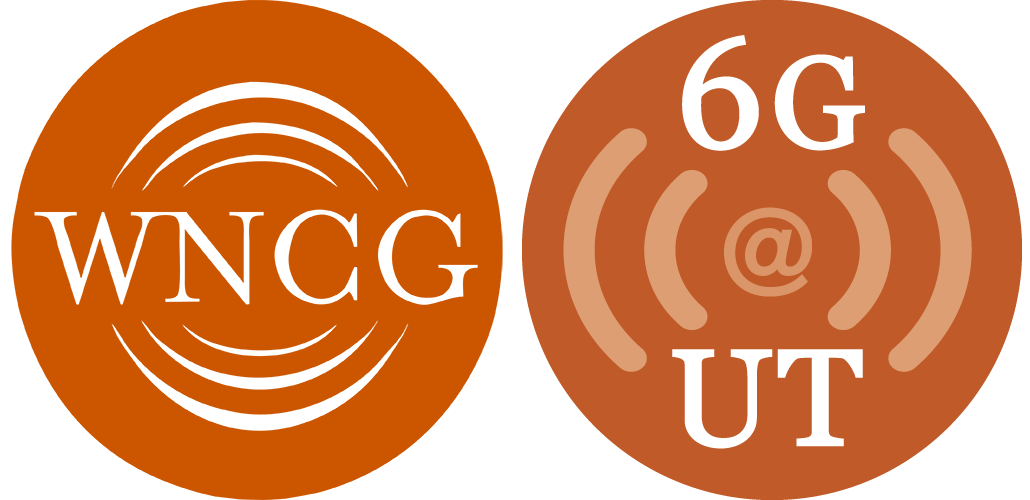Past Events
Event Status
Scheduled
Feb. 18, 2011, All Day
This first-ever seminar will focus on how one starts a company in the wireless sector, along with first hand accounts of the thrill of seeing your dream become a real company with officers, payroll, and a product. After 3 mini lectures, pizza will be served and a panel including the speakers and WNCG student entrepreneurs will share anecdotes from their experience and answer questions from the audience. This will go on until 1pm.Panelists: TBD
Event Status
Scheduled
Feb. 1, 2011, All Day
In this talk we consider the problem of decentralized control of linearsystems. We employ the theory of partially ordered sets to model and analyzea class of decentralized control problems. Posets have attractivecombinatorial and algebraic properties; the combinatorial structure enablesus to model a rich class of communication structures in systems, and thealgebraic structure allows us to reparametrize optimal control problems toconvex problems.
Event Status
Scheduled
Dec. 15, 2010, All Day
TBA
Event Status
Scheduled
Dec. 3, 2010, All Day
Abstract
Event Status
Scheduled
Nov. 23, 2010, All Day
Abstract:
Event Status
Scheduled
Nov. 19, 2010, All Day
Abstract:
Event Status
Scheduled
Nov. 12, 2010, All Day
Learning the structure of graphical models from data is a fundamentaltask in many scientific domains. I will describe analysis andapplications of learning tree-structured graphical models via awell-known learning algorithm known as the Chow-Liu algorithm (1968).The Chow-Liu algorithm learns the maximum-likelihood (ML) treestructure from independently drawn observations of a multivariatediscrete tree distribution. Using the theory of large-deviations, weanalyze the error exponent that the ML-estimate of the Markov treestructure differs from the true tree.
Event Status
Scheduled
Nov. 5, 2010, All Day
ABSTRACT:
Event Status
Scheduled
Oct. 29, 2010, All Day
Abstract:
We present a brief historical account of paths leading to thepresent interest in cyberphysical systems. We follow this up withan account of several foundational research topics that underliethis area. These include issues in data fusion,real-time communication, clock synchronization, security,middleware, hybrid systems and proofs of correctness.
Bio:
Event Status
Scheduled
Oct. 22, 2010, All Day
Abstract Consider the setting of (adversarial) online convex optimization: an adversary and a learner (or optimizer) interact in a game with T rounds. At round t, the learner has to choose a point x_t, the adversary then responds with a convex function f_t and the learner suffers f_t(x_t). The goal of the learner is to minimize its regret: a quantity that measures the "displeasure" or regret the learner feels, in hindsight, because of not knowing the future and thus behaving sub-optimally.

